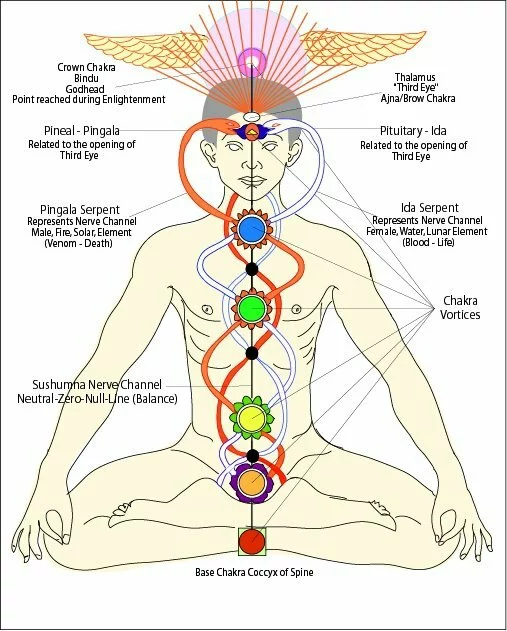 Hatha yoga (Sanskrit: हठयोग haṭhayoga, IPA: [ɦəʈʰəˈjoːɡə]), also called hatha vidya (हठविद्या), is a kind of yoga focusing on physical postures (asanas), the breath (pranayama) and some techniques of meditation in order to free the vital energy of the body and mind
Hatha yoga (Sanskrit: हठयोग haṭhayoga, IPA: [ɦəʈʰəˈjoːɡə]), also called hatha vidya (हठविद्या), is a kind of yoga focusing on physical postures (asanas), the breath (pranayama) and some techniques of meditation in order to free the vital energy of the body and mind
Stress, depression, worries, impure food and unhealthy surrounding atmosphere can contribute to create blocks of the prana (energy), that destroys our natural vitality and leads to disease.
Hatha Yoga helps to get rid of these blocks in order to purify the inner body and internal organs through physical and spiritual techniques, dominating the cosmic energy of the human being, manifested as breathing and therefore to achieve a steady control of the most unstable thing that can be imagined, our mind, always in rush and restless.
According to legend, Lord Shiva is credited with propounding hatha yoga. It is said that on a lonely island, assuming nobody else would hear Him, He gave the knowledge of hatha yoga to Goddess Parvati, but a fish heard the entire discourse, remaining still throughout. The fish (Matsya) later became a siddha and came to be known as Matsyendranath. Matsyendranath taught hatha yoga to his disciple Gorakshanath and to a limbless man, Chaurangi. Hatha Yoga Pradipika mentions many other famous hatha yogis. Hatha yoga was thus passed down in disciplic succession.
Sage Gorakshanath is widely credited with making hatha yoga popular. He authored several texts on the practice of yoga, such as the Goraksha Samhita, Siddha Siddhanta Paddhati, Gorakshataka, Yoga Martanda and Yoga Chinatamani. The Siddha Siddhanta Paddhati is a very early extant hatha yoga Sanskrit text which contains much content on the avadhuta.
The two principal texts of hatha yoga are the Hatha Yoga Pradipika and the Gheranda samhita. These works are derived from older Sanskrit texts.
Hatha Yoga Pradipika lists 35 great Hatha Yoga siddhas or masters Adi Natha, Matsyendranath and Gorakshanath. It includes information about shatkarma (purification)
- Yoga Asanas
- Pranayama (subtle energy control)
- Chakras (centers of energy)
- Kundalini (instinct)
- Bandhas (muscle force)
- Mudras (symbolic gestures)
- Nadis (channels)
- Shakthi (sacred force)
- Kriyas (techniques; manifestations of kundalini)
Hatha represents opposing energies: hot and cold (fire and water, following similar concept as yin-yang), male and female, positive and negative. Hatha yoga attempts to balance mind and body via physical postures or “asanas”, purification practices, controlled breathing, and the calming of the mind through relaxation and meditation. Asanas teach poise, balance, and strength and are practiced to improve the body’s physical health and clear the mind in preparation for meditation. However, if an individual has too much phlegm or fat then purification procedures are a necessity before undertaking pranayama.
Hatha yoga consists of six limbs focused on attaining samādhi. In this scheme, the six limbs of hatha yoga are defined as asana, pranayama, pratyahara, Dharana, dhyana and samādhi. The basic text of hatha yoga is Hathapradipika by Swatmarama, a grand disciple of Sahajananda (from the lineage of Sopana, the younger brother of Dnyaneshwar Maharaj of Alandi near Pune). An important part of hatha practices is the awakening of Kundalini. The signs of success in hatha yoga are slenderness of the body, cheerful face, hearing a mystical sound, bright eyes, sense of well-being, control over the bindu, increase in gastric fire and purification of the Nadis.
